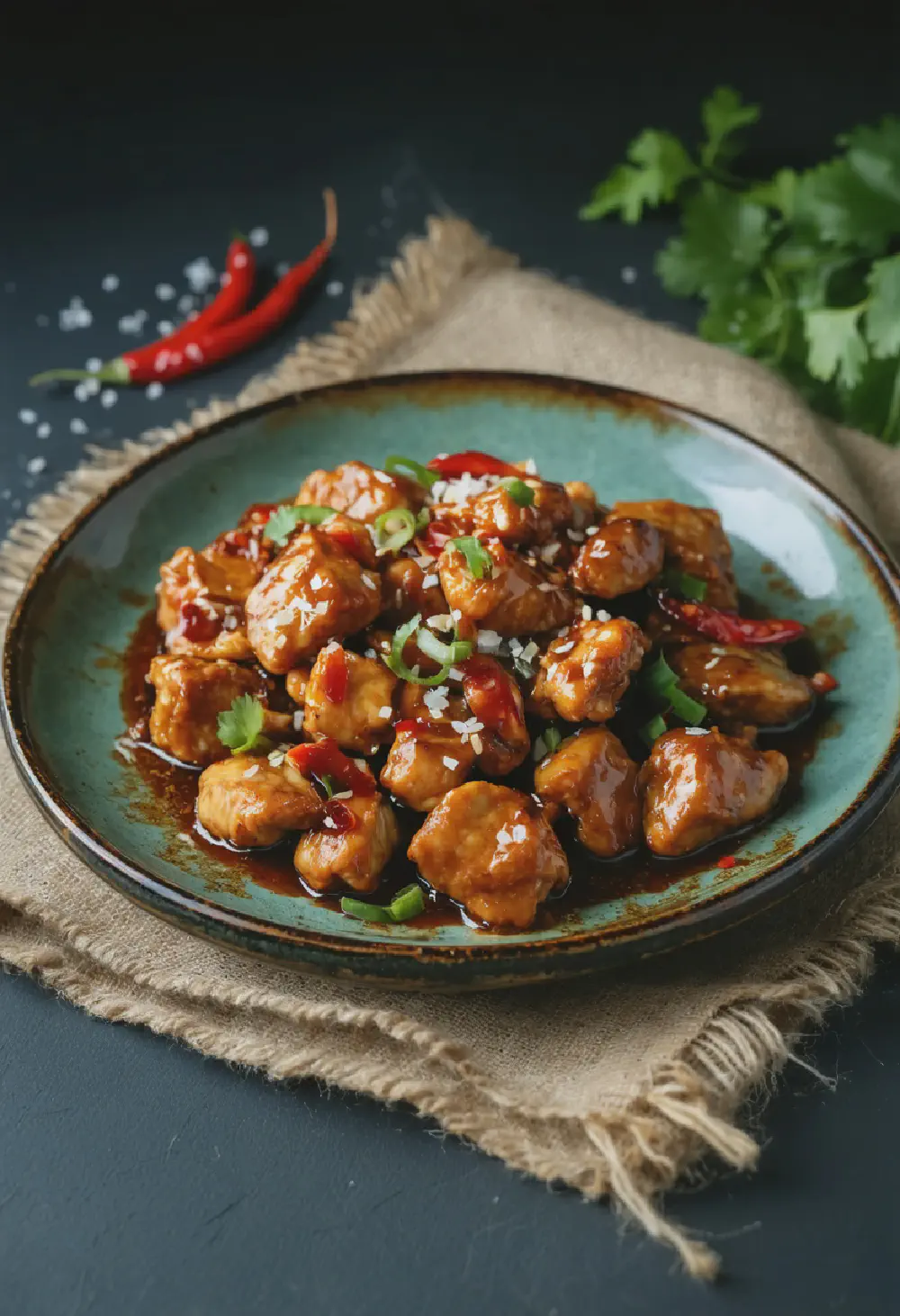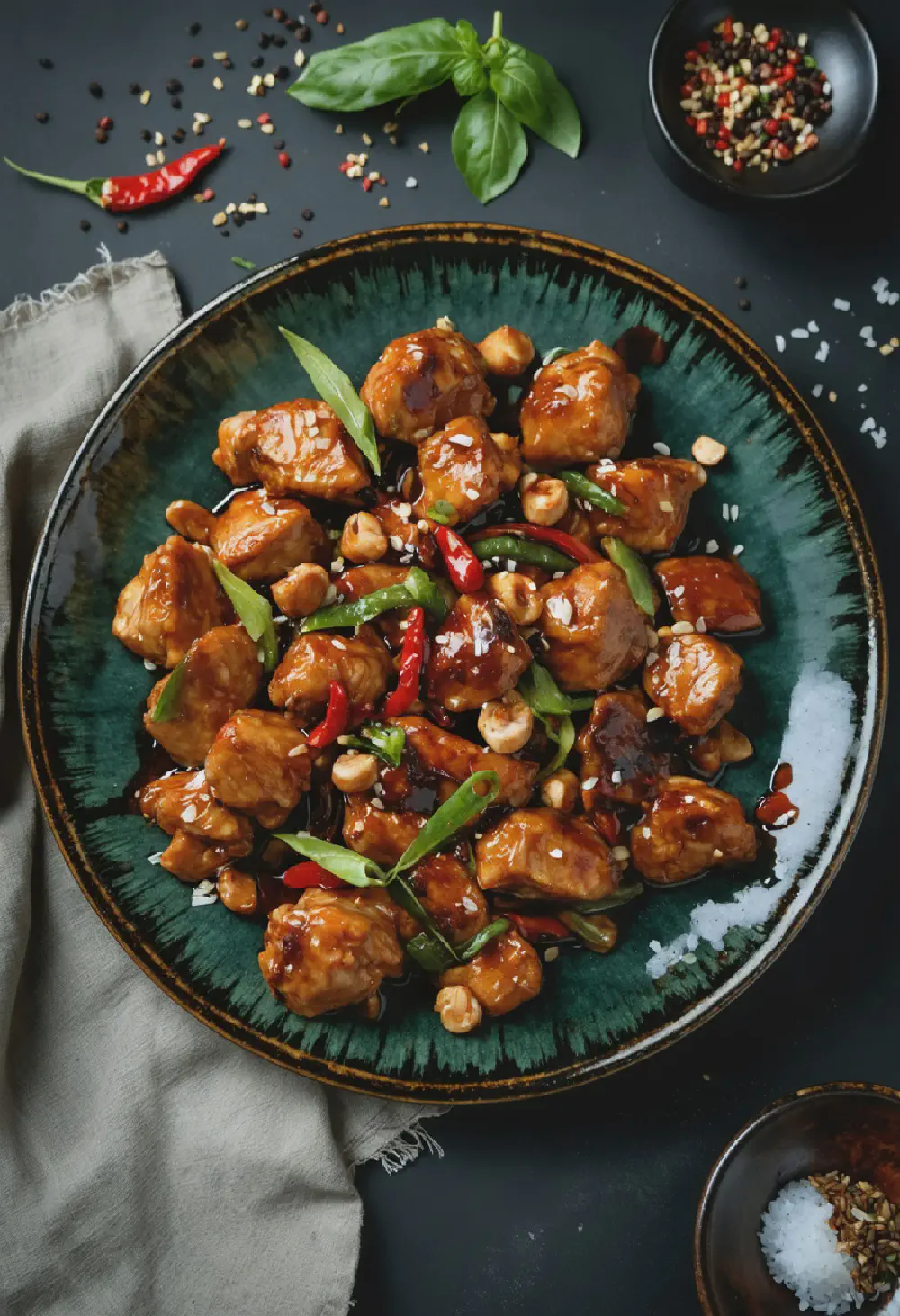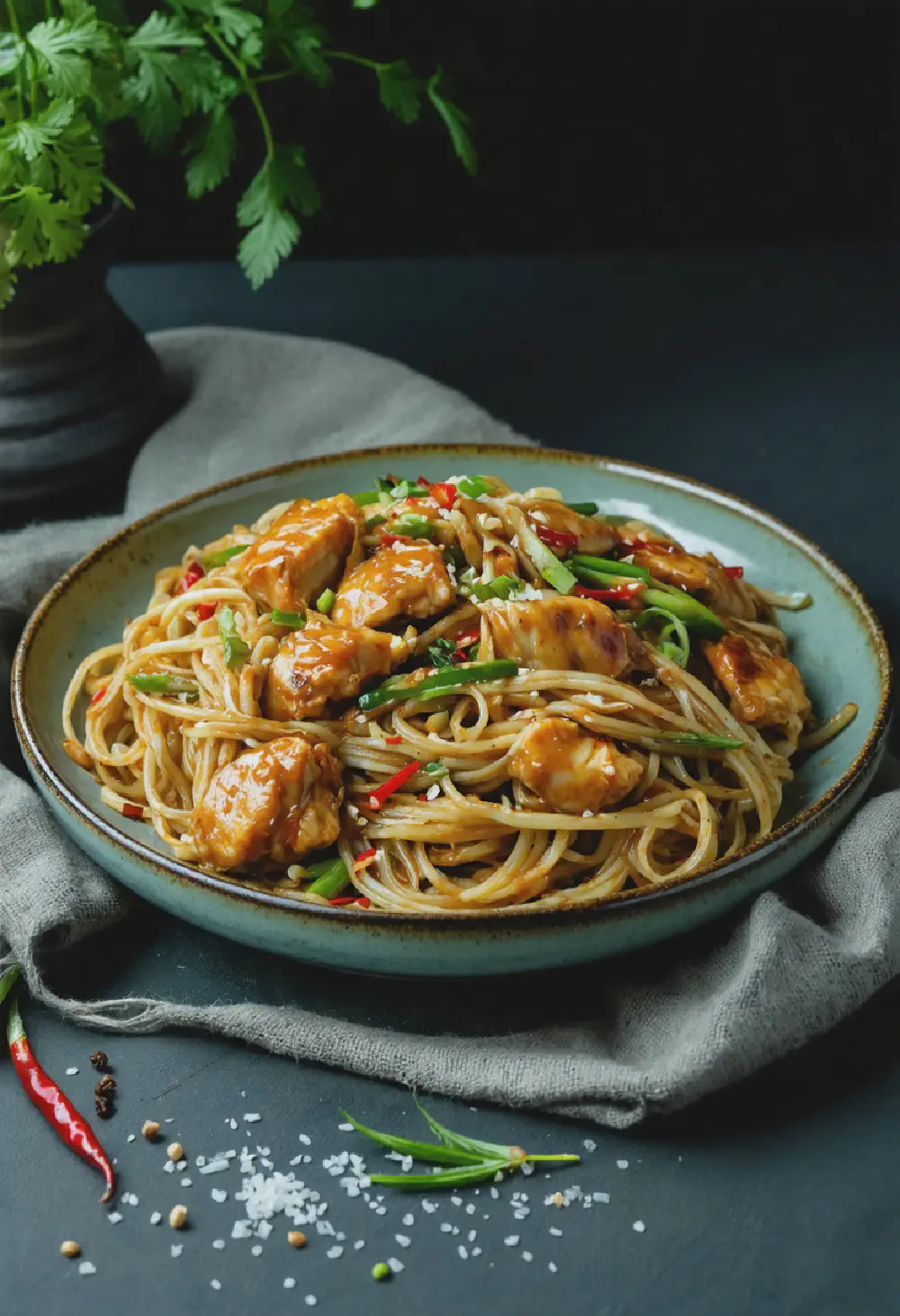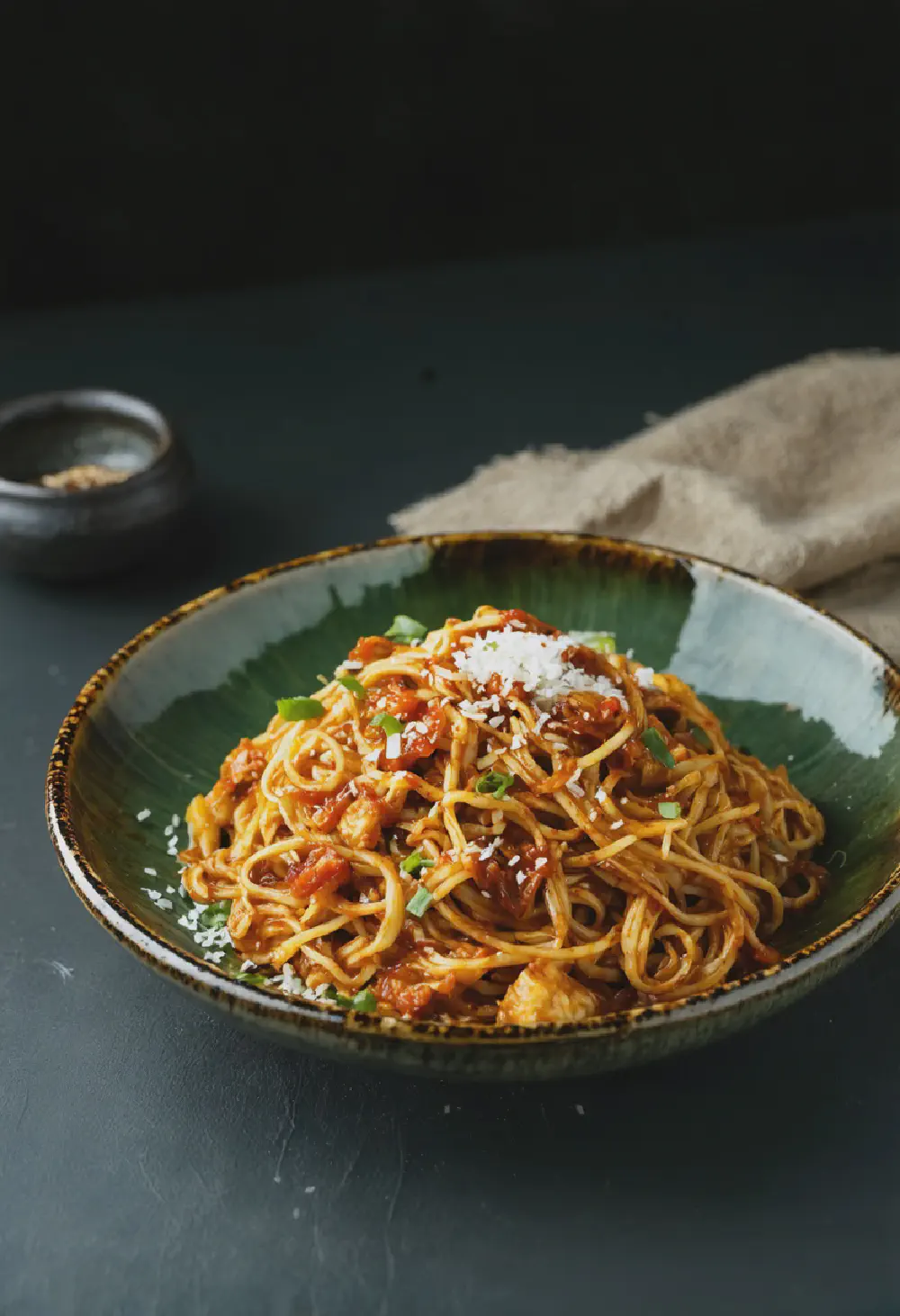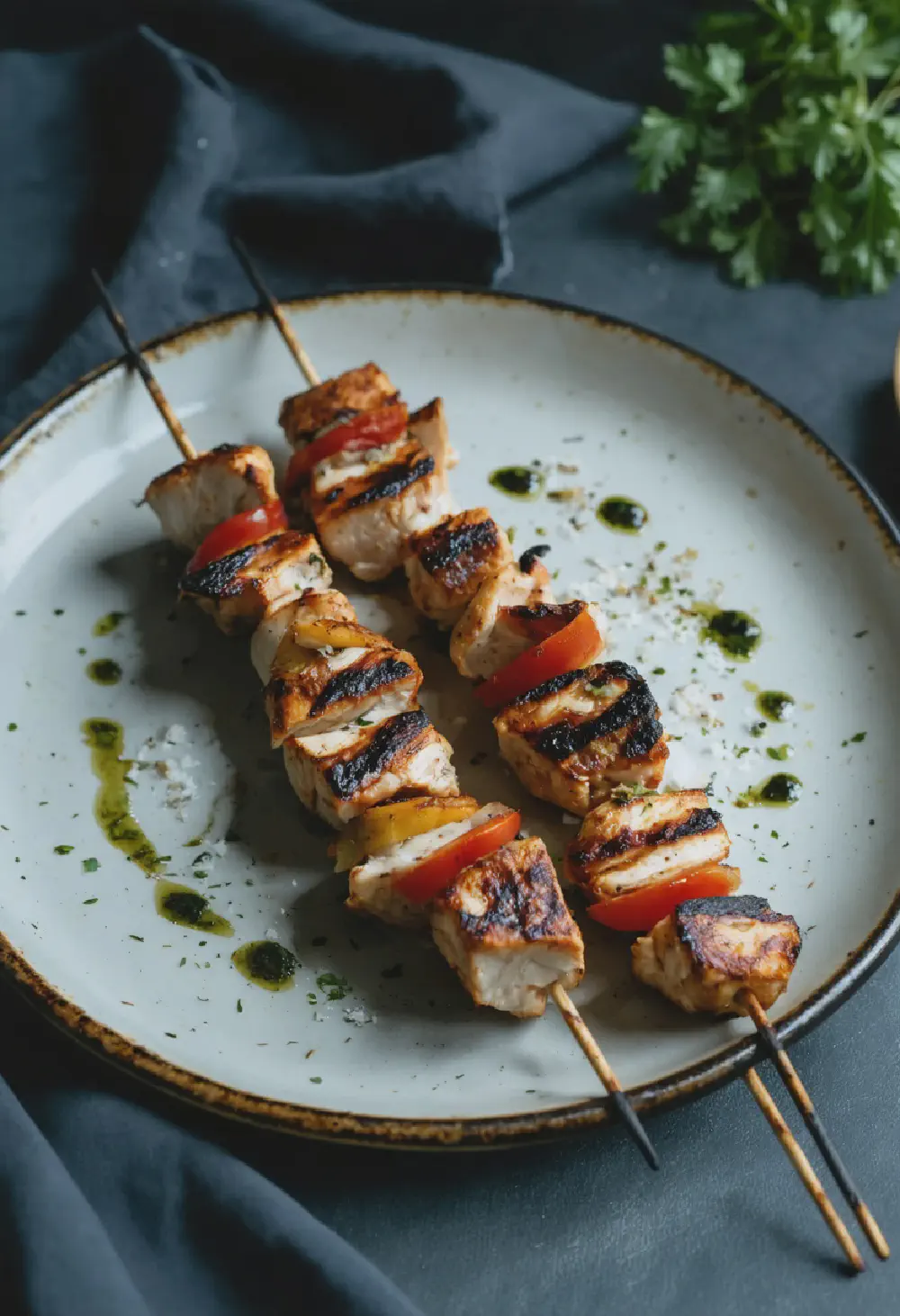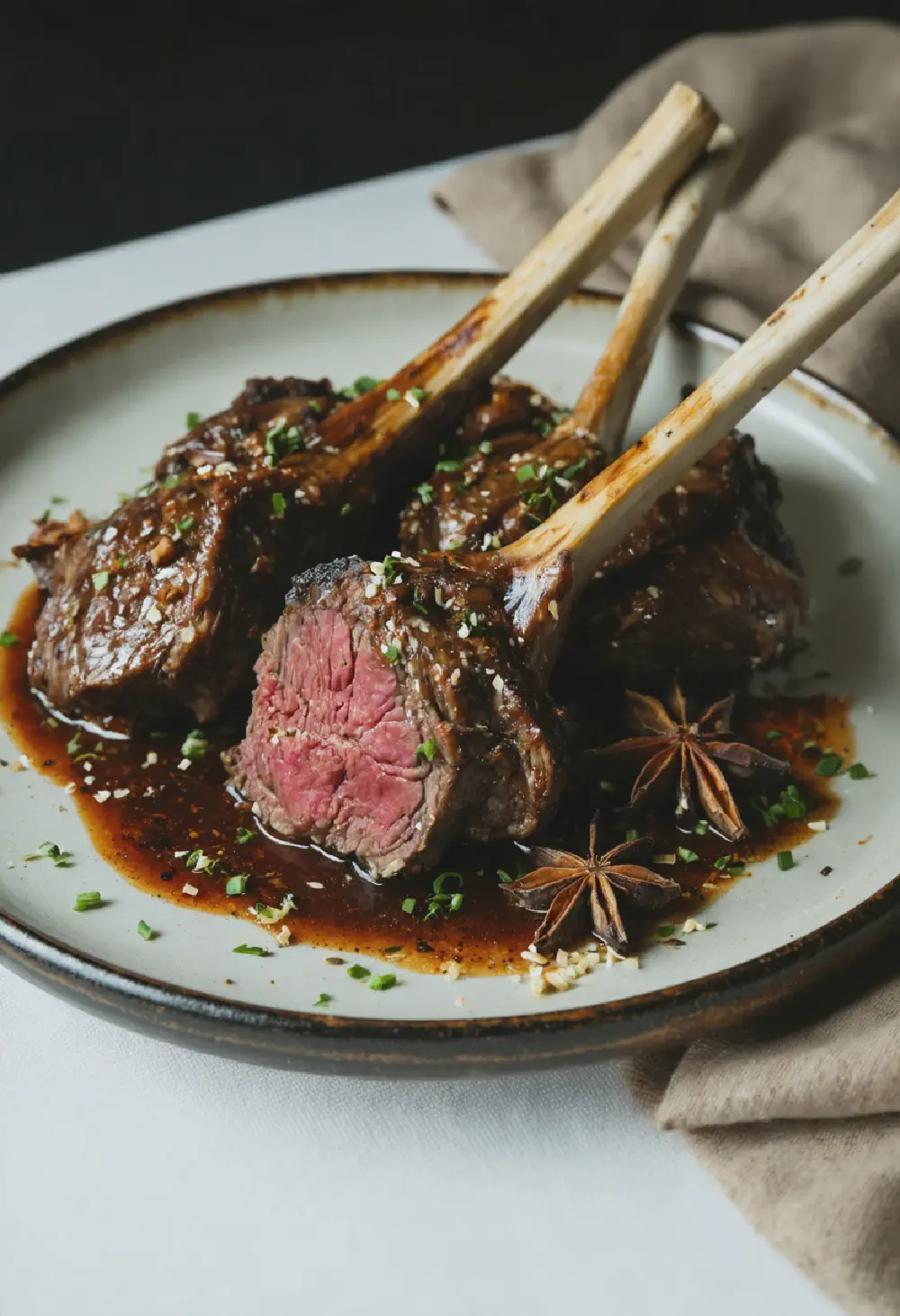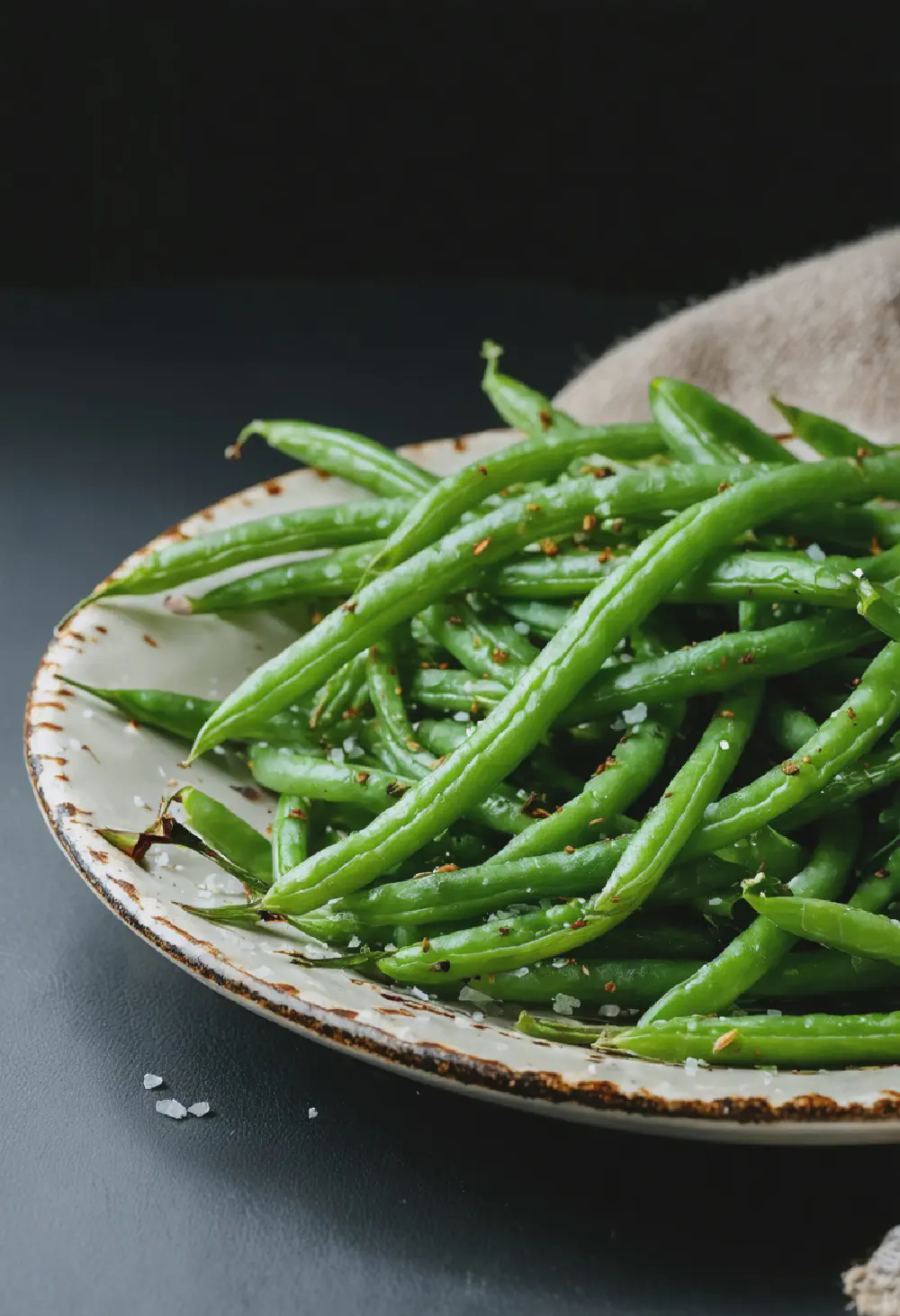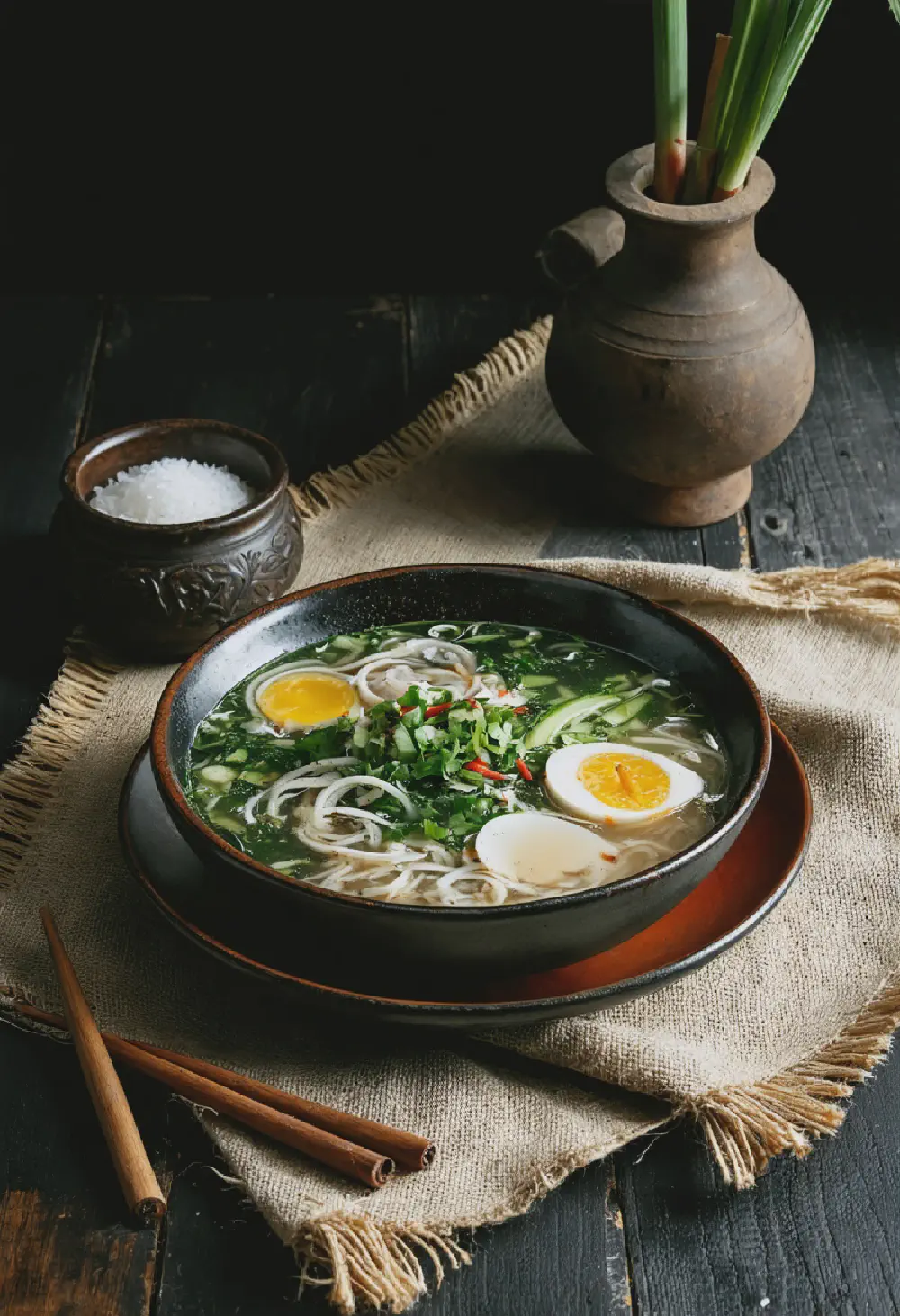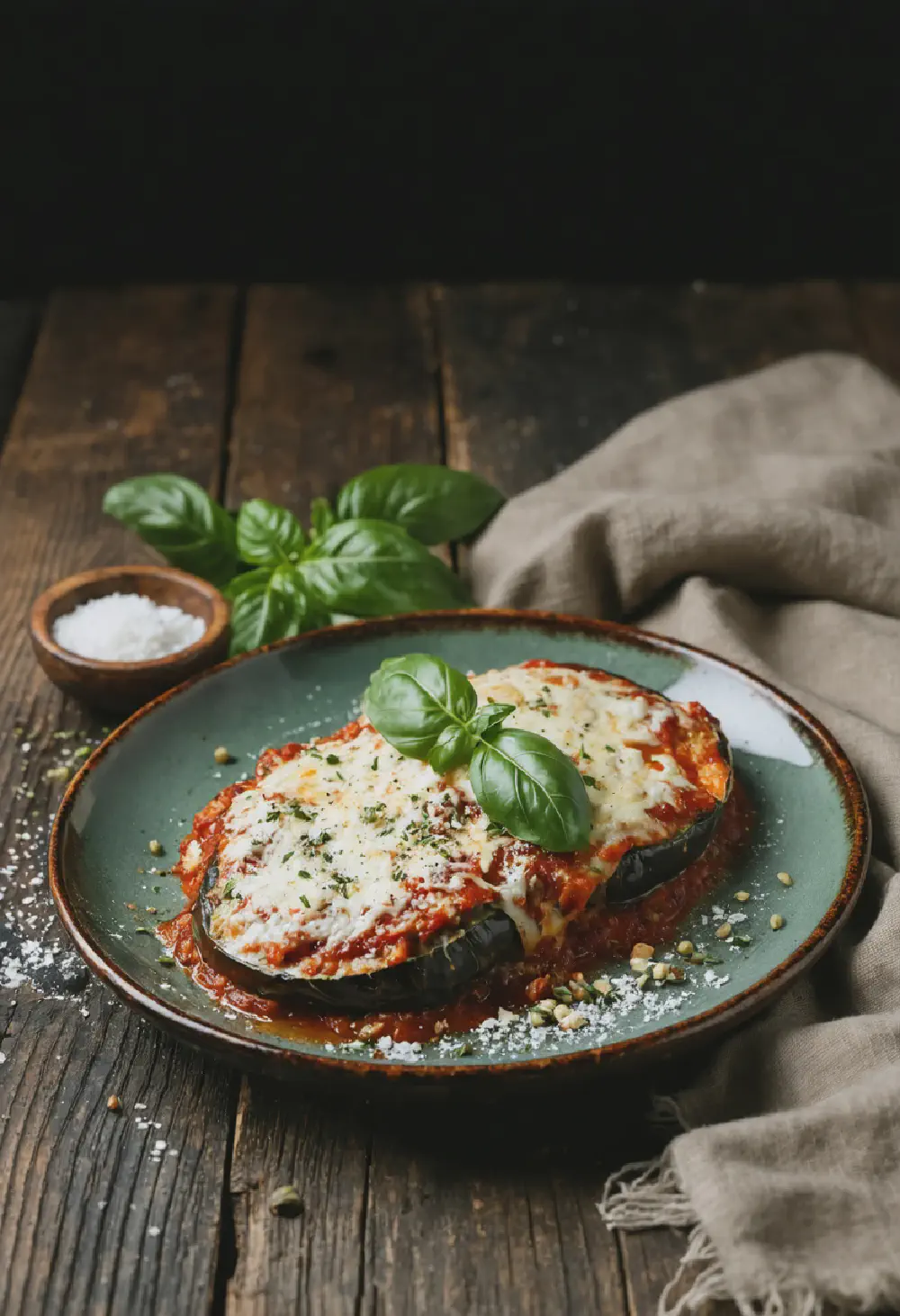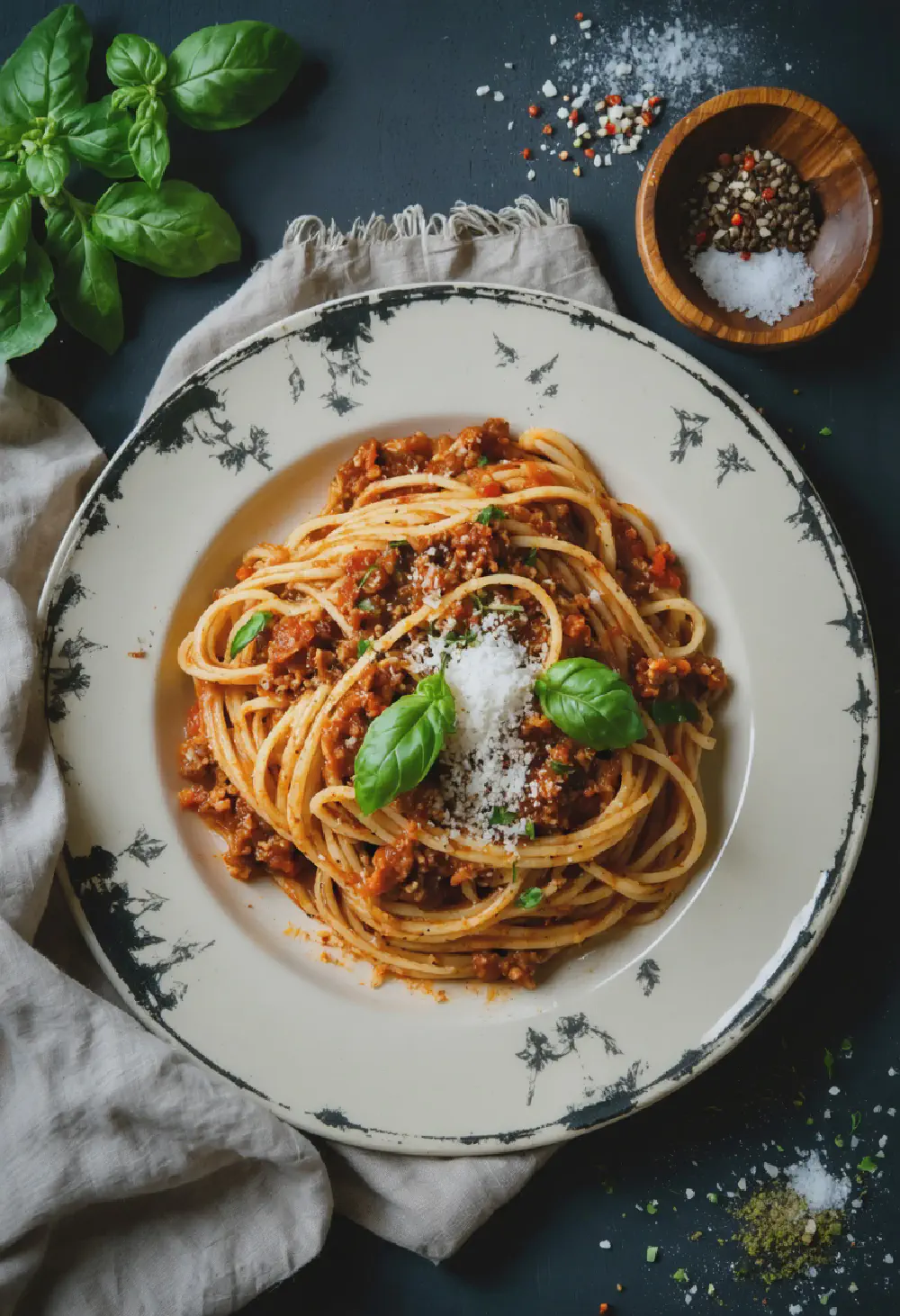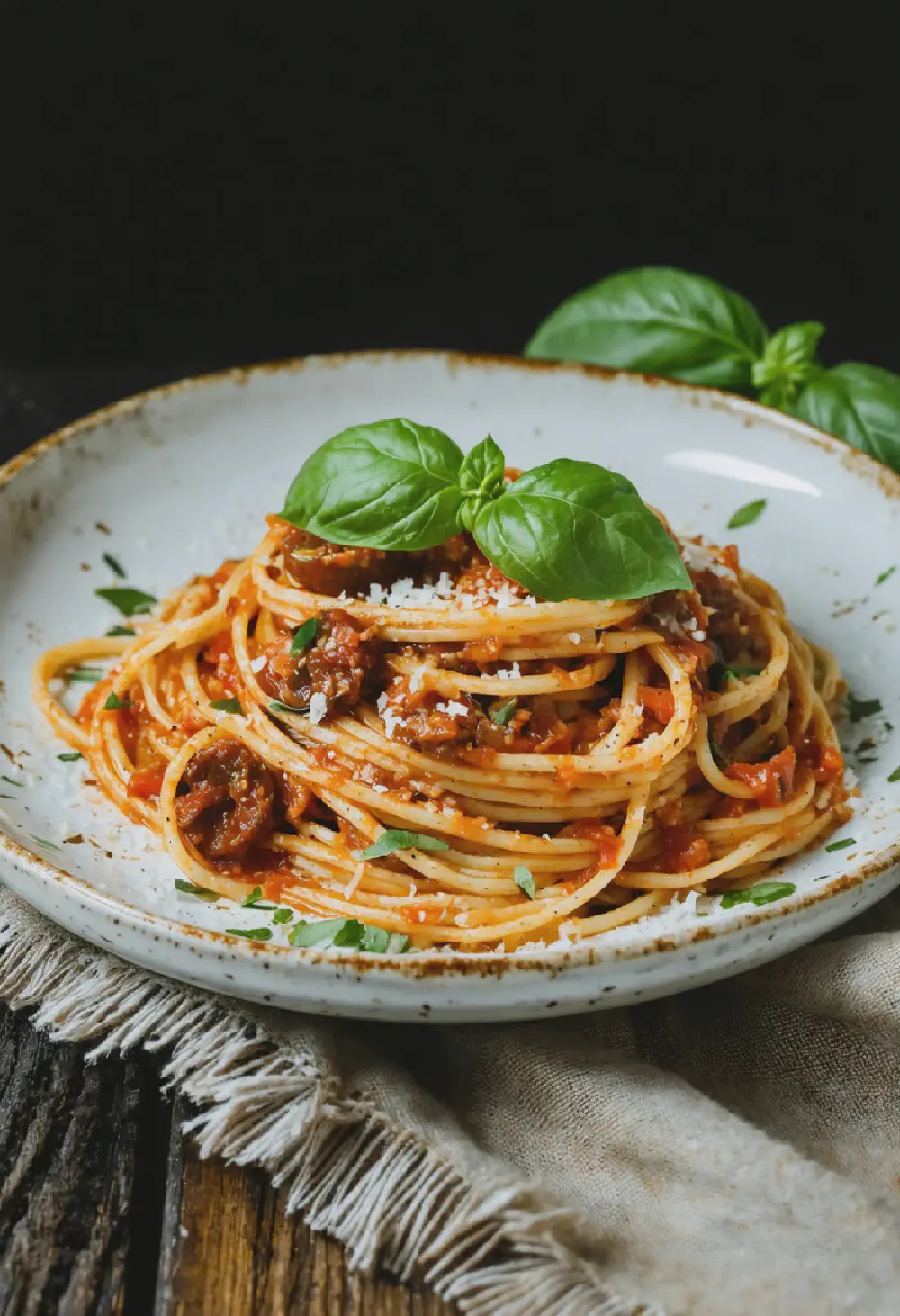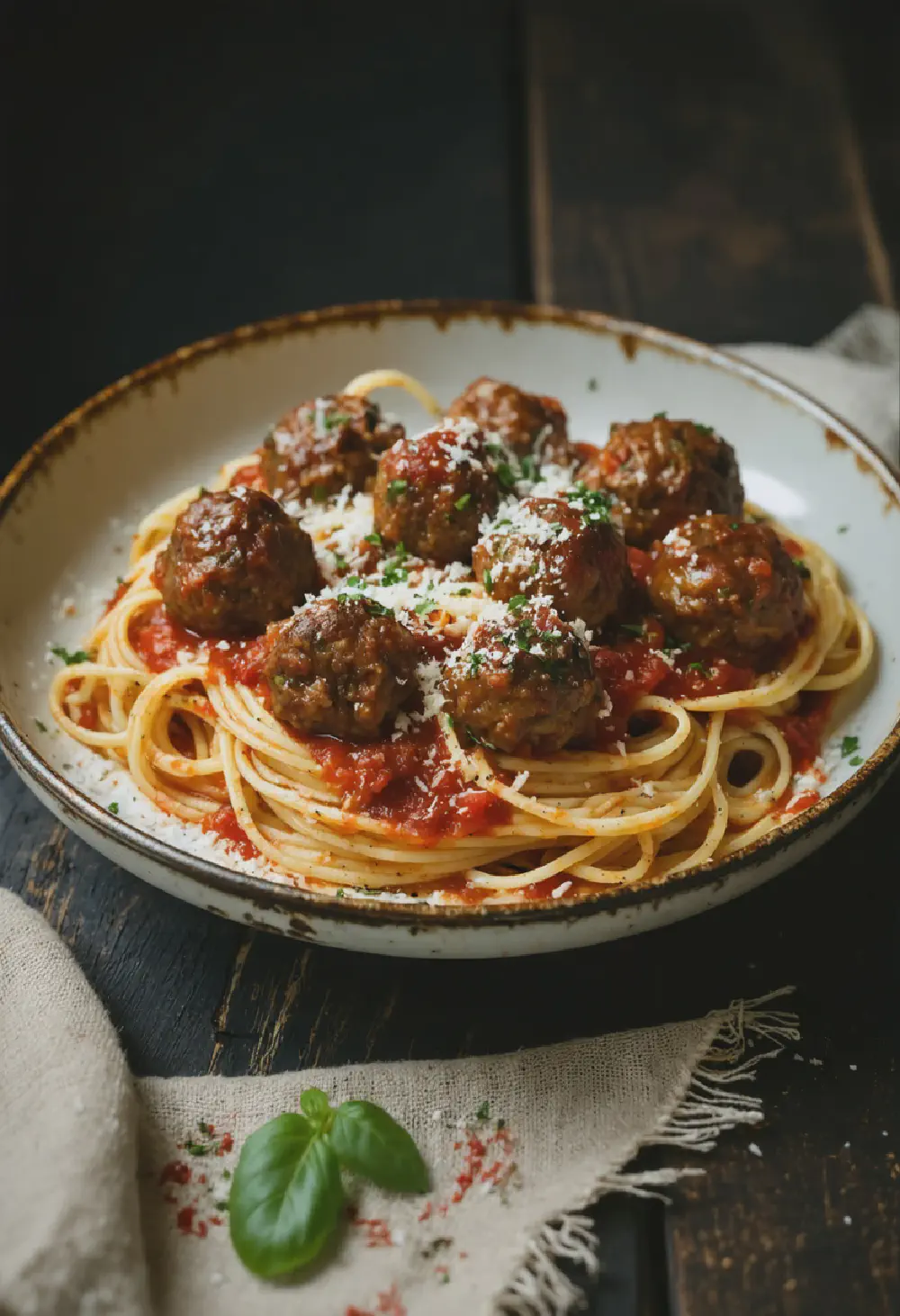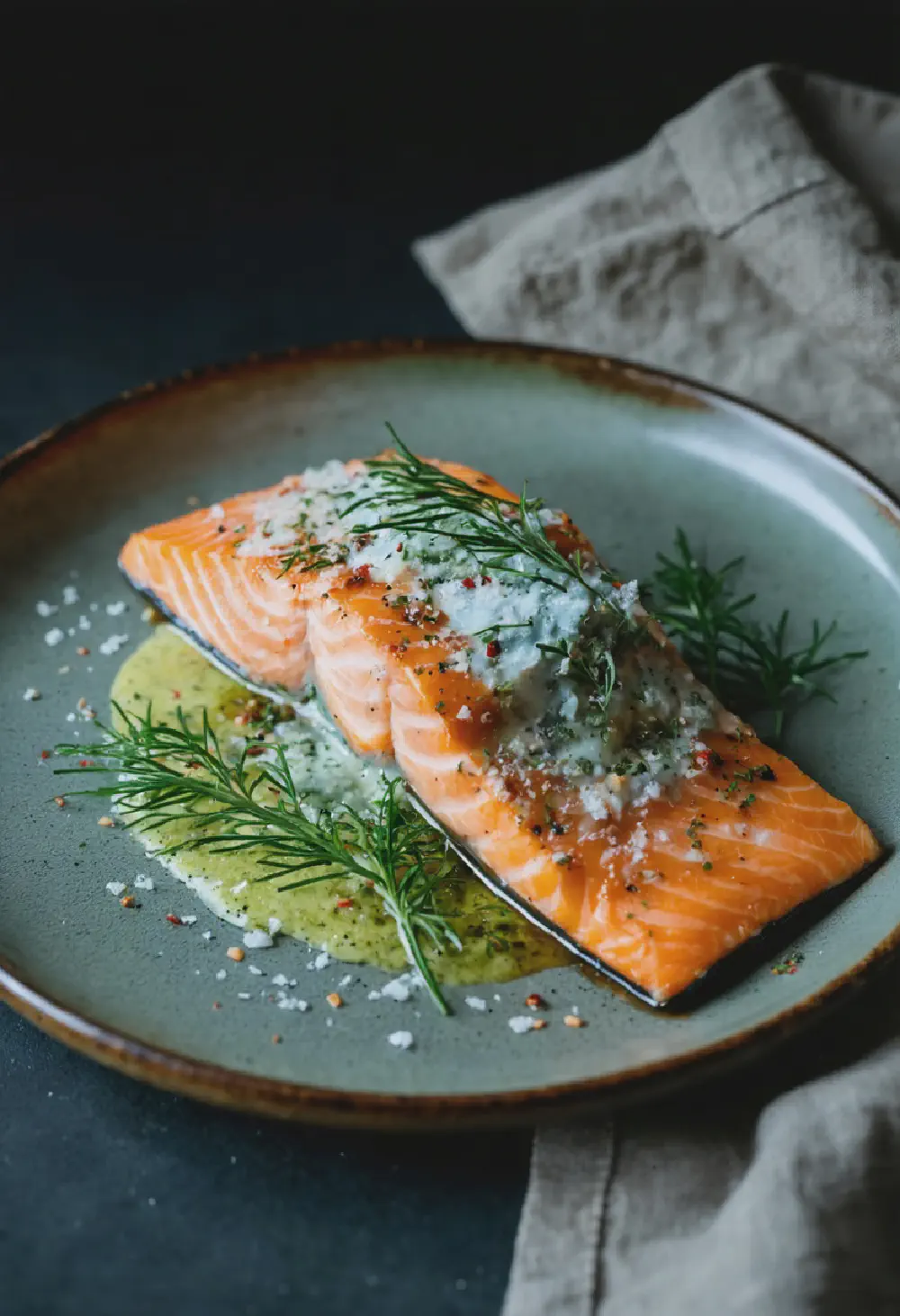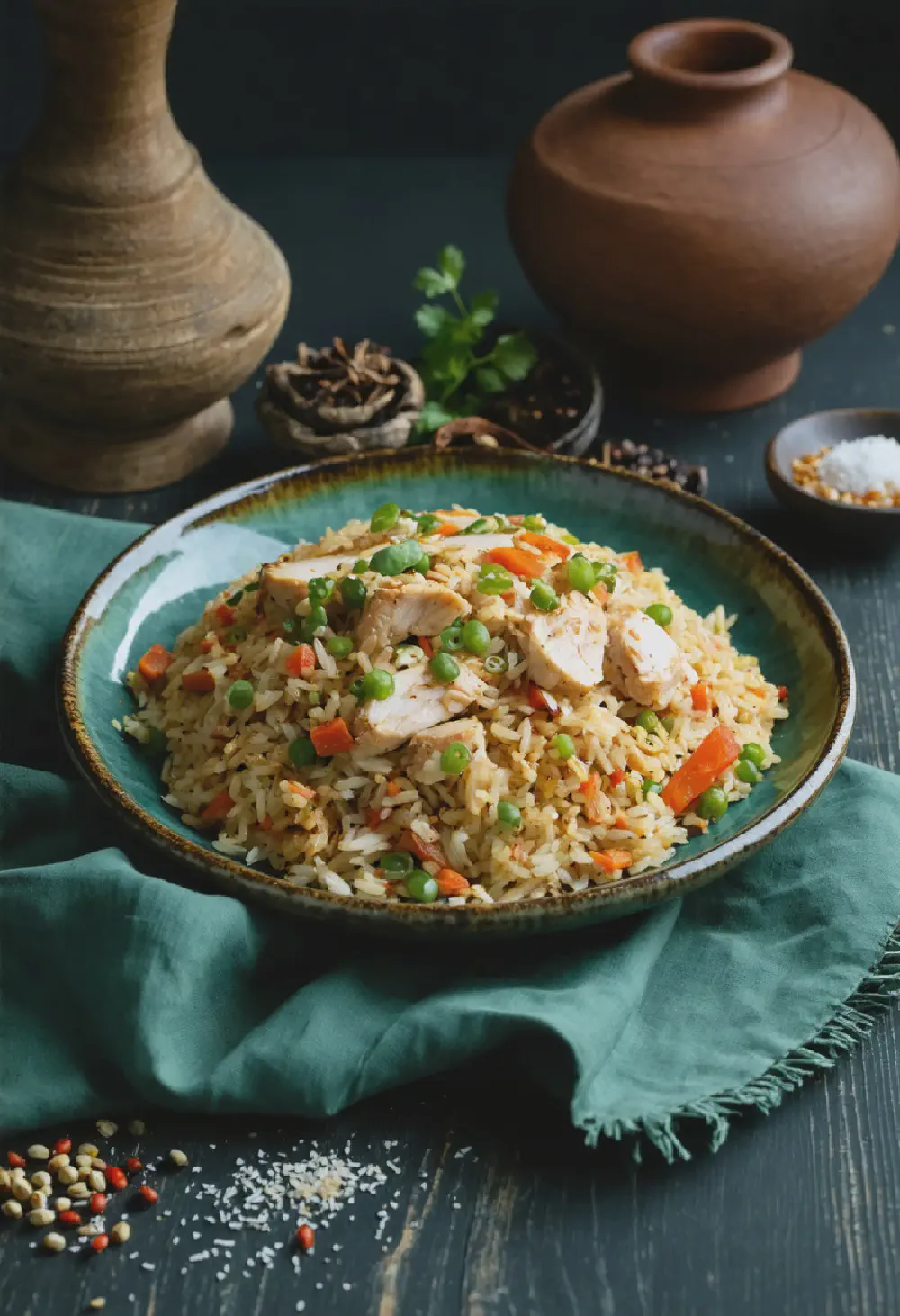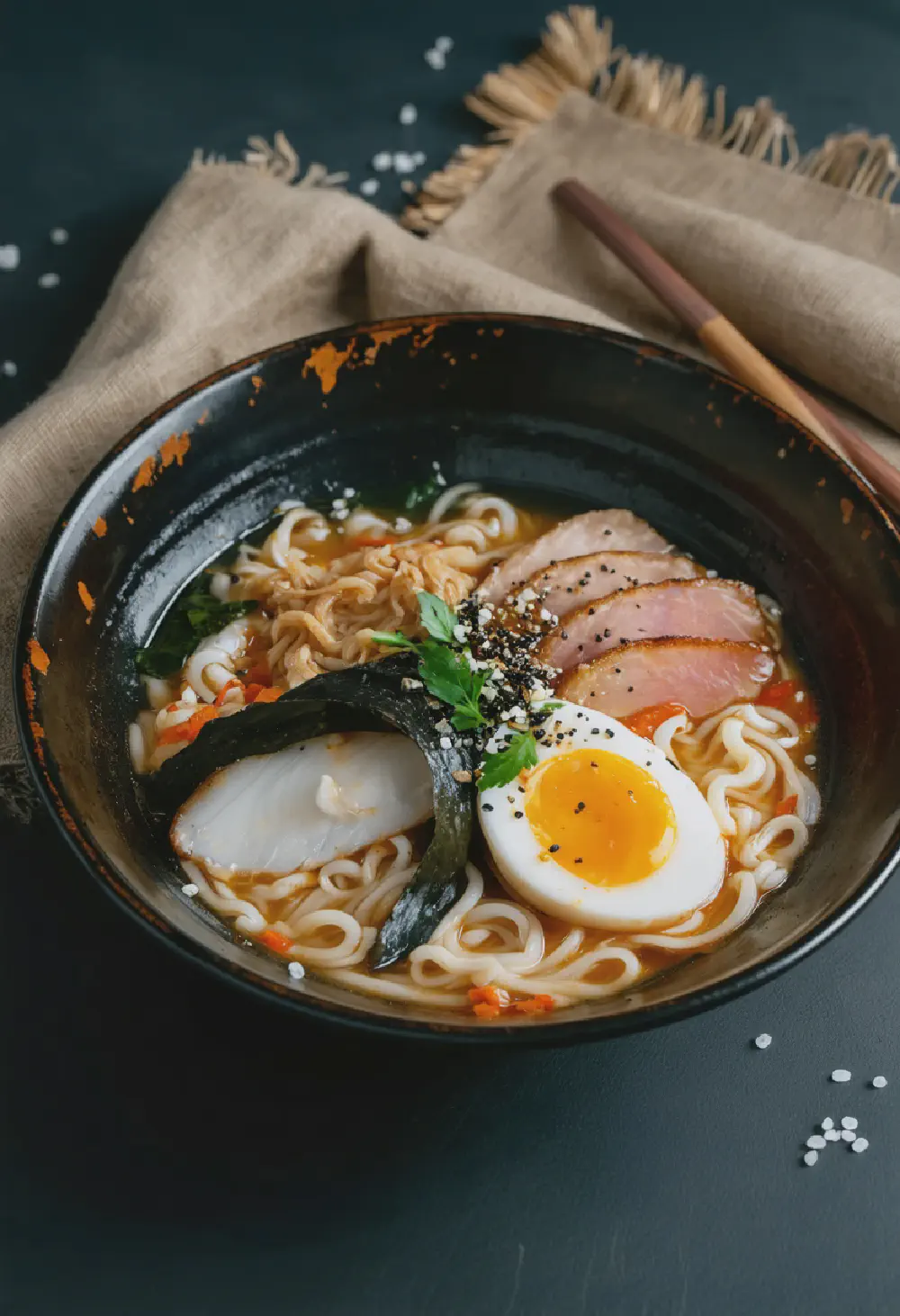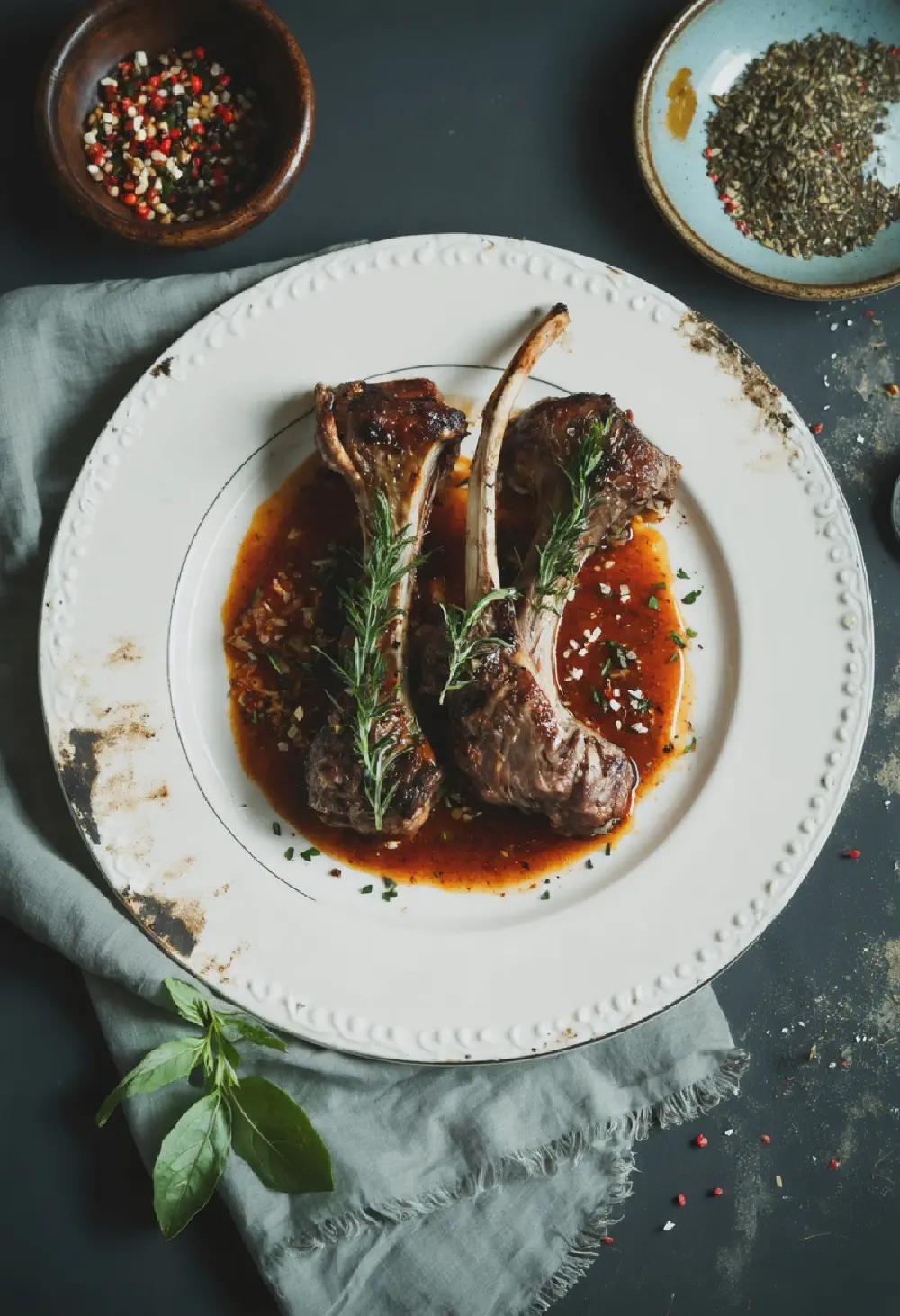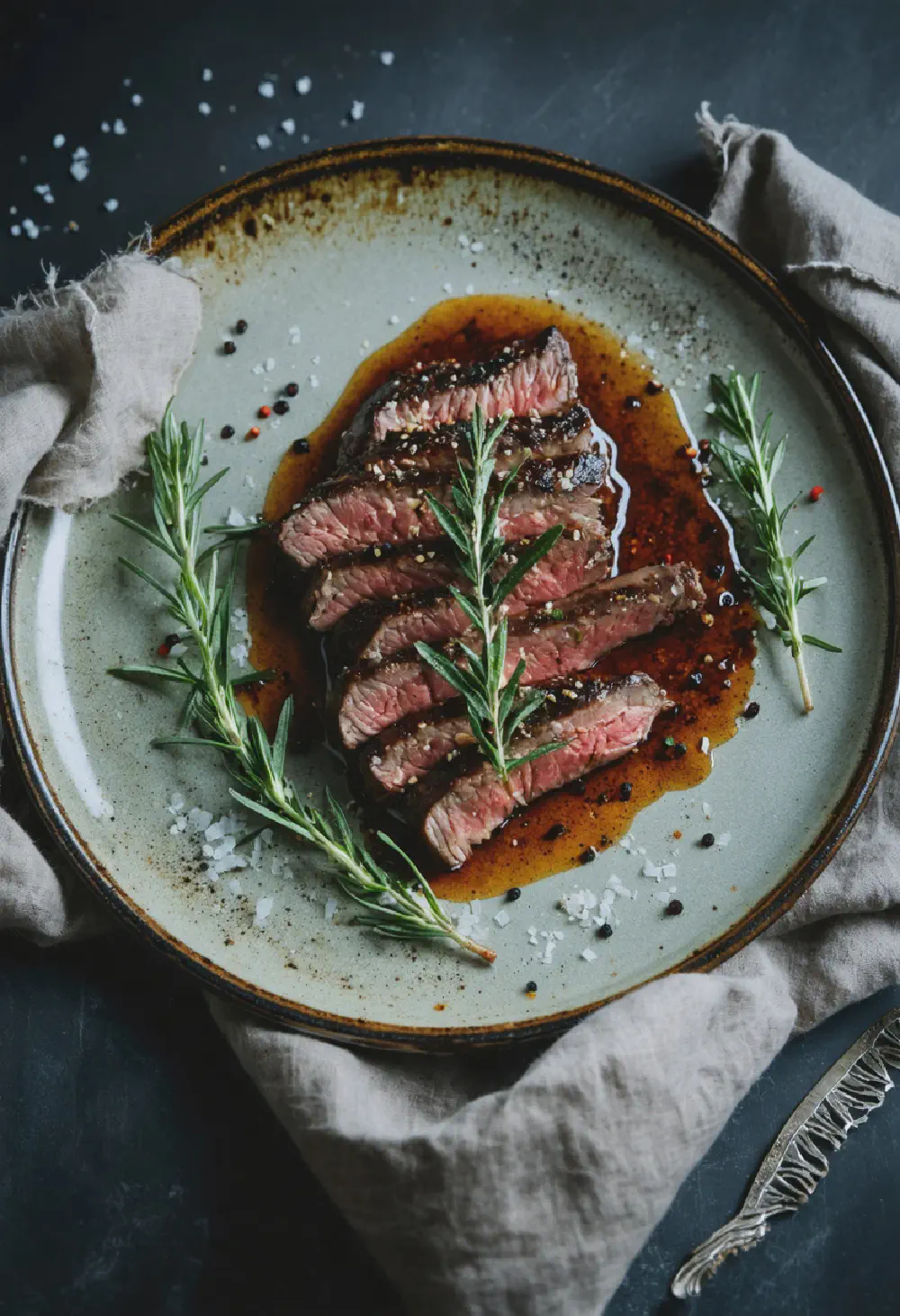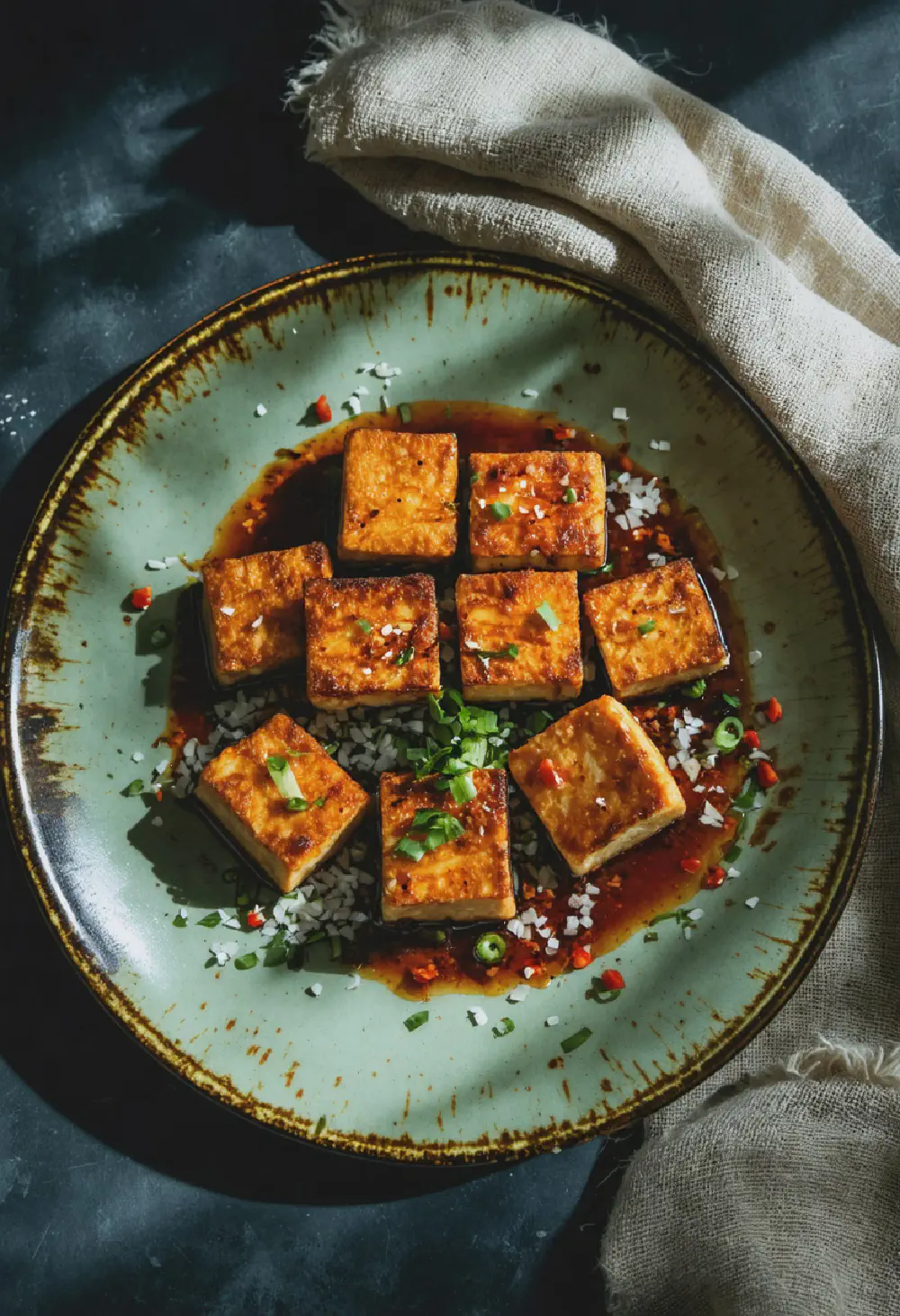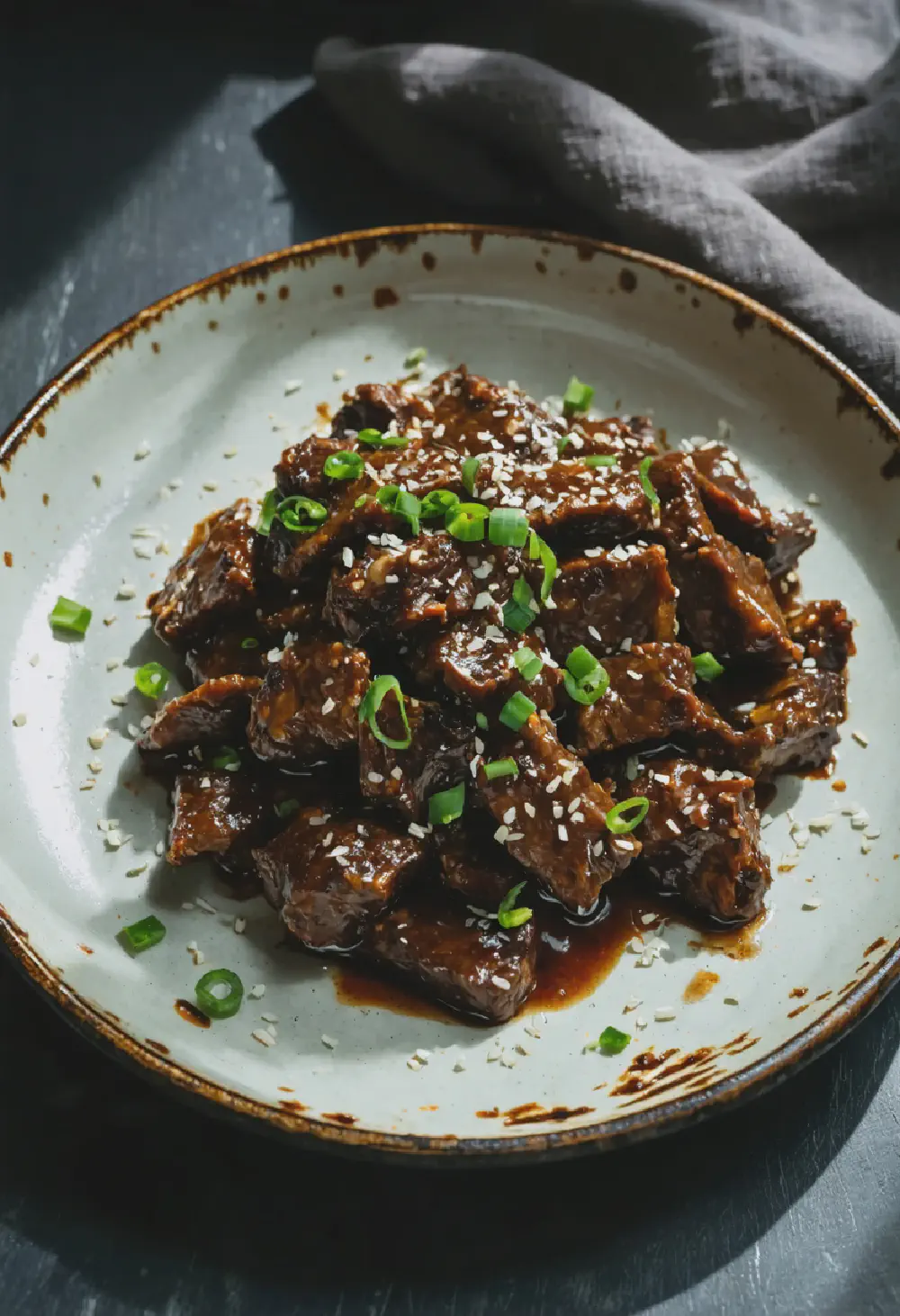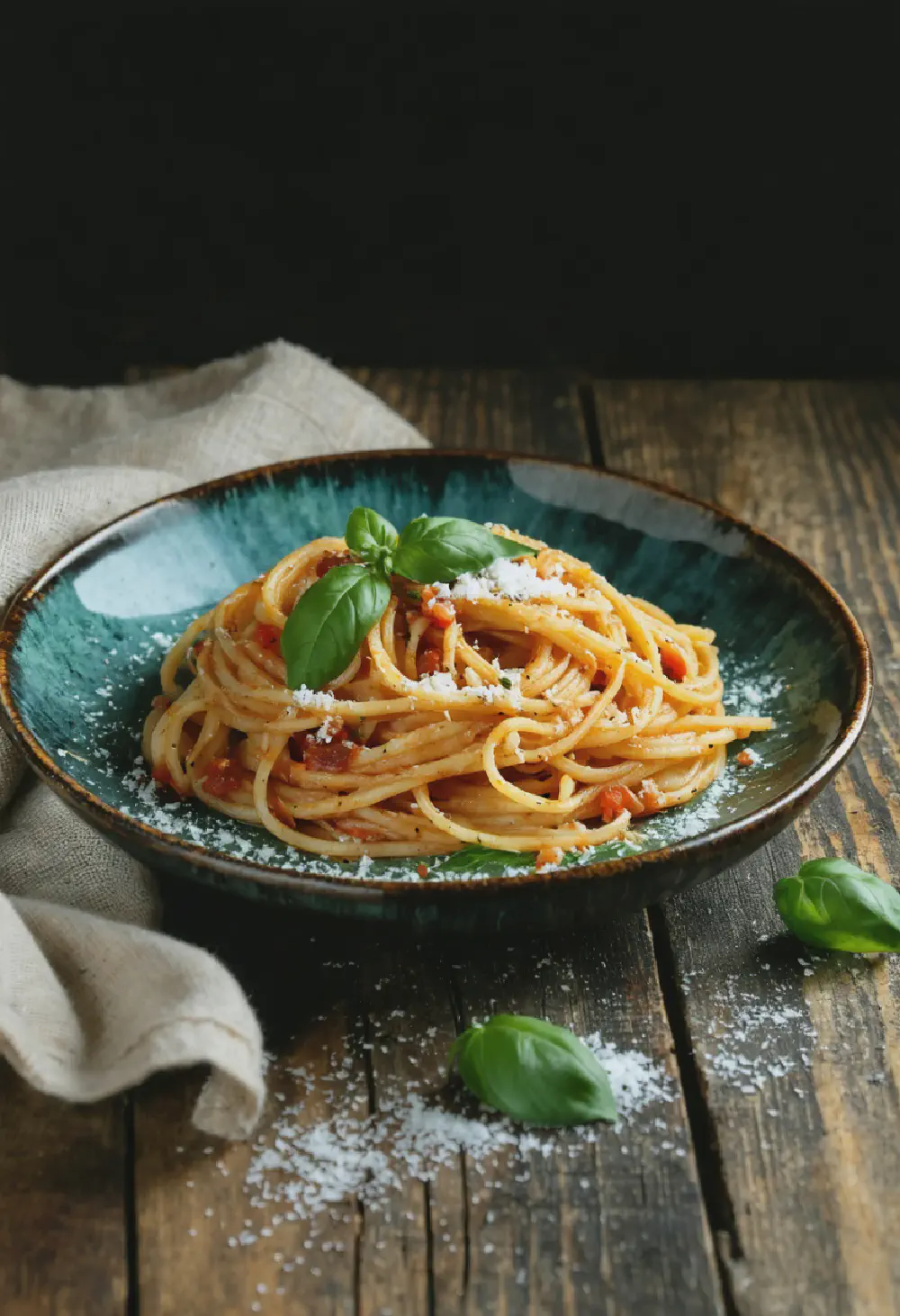Kung Pao Chicken
20M
35M
- Makes 4 servings
- 500g boneless, skinless chicken breasts, cut into 1-inch cubes
- 3 tablespoons soy sauce, divided
- 2 tablespoons Shaoxing wine, divided
- 1 tablespoon cornstarch
- 2 tablespoons vegetable oil
- 10 dried red chilies, halved and seeds removed
- 1 tablespoon Sichuan peppercorns
- 3 cloves garlic, minced
- 1 inch piece of ginger, minced
- 1 green bell pepper, cut into 1-inch pieces
- 1 red bell pepper, cut into 1-inch pieces
- 1/2 cup unsalted roasted peanuts
- 2 green onions, sliced
- 1 tablespoon Chinese black vinegar
- 1 tablespoon sugar
- 1/2 cup chicken broth
- In a bowl, marinate the chicken cubes with 1 tablespoon of soy sauce, 1 tablespoon of Shaoxing wine, and cornstarch. Let it sit for 15 minutes.
- Heat the vegetable oil in a wok or large skillet over high heat. Add the dried chilies and Sichuan peppercorns, stir-frying until fragrant, about 30 seconds.
- Add the marinated chicken to the wok and stir-fry until the chicken is nearly cooked through, about 3-4 minutes.
- Add the garlic and ginger, stir-frying for another minute.
- Add the green and red bell peppers, stir-frying until they start to soften, about 2 minutes.
- In a small bowl, mix the remaining soy sauce, Shaoxing wine, Chinese black vinegar, sugar, and chicken broth. Pour this sauce into the wok and stir to combine.
- Add the peanuts and green onions, stirring until everything is well coated and heated through, about 1-2 minutes.
- Serve hot over steamed rice.
Kung Pao Chicken: A Spicy Sichuan Delight
History
Kung Pao Chicken, a beloved dish in Sichuan cuisine, has a rich history that dates back to the Qing Dynasty. Originating in the Sichuan province of China, this dish is named after Ding Baozhen, a late Qing Dynasty official whose title was “Gongbao,” which translates to “Palace Guardian.” The dish was supposedly his favorite, and over time, it evolved into the Kung Pao Chicken we know today. Initially, the recipe included ingredients like chicken, peanuts, and Sichuan peppercorns, which are essential to the unique flavor profile of Sichuan cuisine. Over the years, as the dish spread beyond China, variations emerged, but the essence of spicy and savory flavors remained intact.
Taste Profile
Kung Pao Chicken is renowned for its bold and complex taste profile, which perfectly encapsulates the essence of Sichuan cuisine. The dish strikes a harmonious balance between spicy, sweet, and savory flavors. The heat primarily comes from dried red chilies, which add a fiery kick without overwhelming the palate. Sichuan peppercorns contribute a unique numbing sensation, known as “mala,” that complements the spiciness. The sweetness is derived from a blend of sugar and sometimes hoisin sauce, while soy sauce and vinegar add depth and tanginess. Crunchy peanuts provide a textural contrast, enhancing the overall eating experience. This combination of flavors and textures makes Kung Pao Chicken a standout dish that tantalizes the taste buds.
Cultural Significance
Within Sichuan cuisine, Kung Pao Chicken holds significant cultural importance. Sichuan cuisine is celebrated for its bold flavors and spicy dishes, and Kung Pao Chicken is a quintessential example of this culinary tradition. The dish reflects the region’s love for spicy food and the innovative use of ingredients like Sichuan peppercorns. It is often served at family gatherings and festive occasions, symbolizing warmth and hospitality. Moreover, Kung Pao Chicken has transcended its regional origins to become a global favorite, showcasing the adaptability and appeal of Sichuan cuisine. Its presence on menus worldwide underscores the dish’s role in promoting Chinese culinary heritage and fostering cross-cultural appreciation of Sichuan flavors.
By exploring the history, taste profile, and cultural significance of Kung Pao Chicken, one can truly appreciate the depth and richness this iconic Sichuan dish brings to the table.
